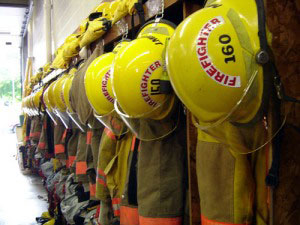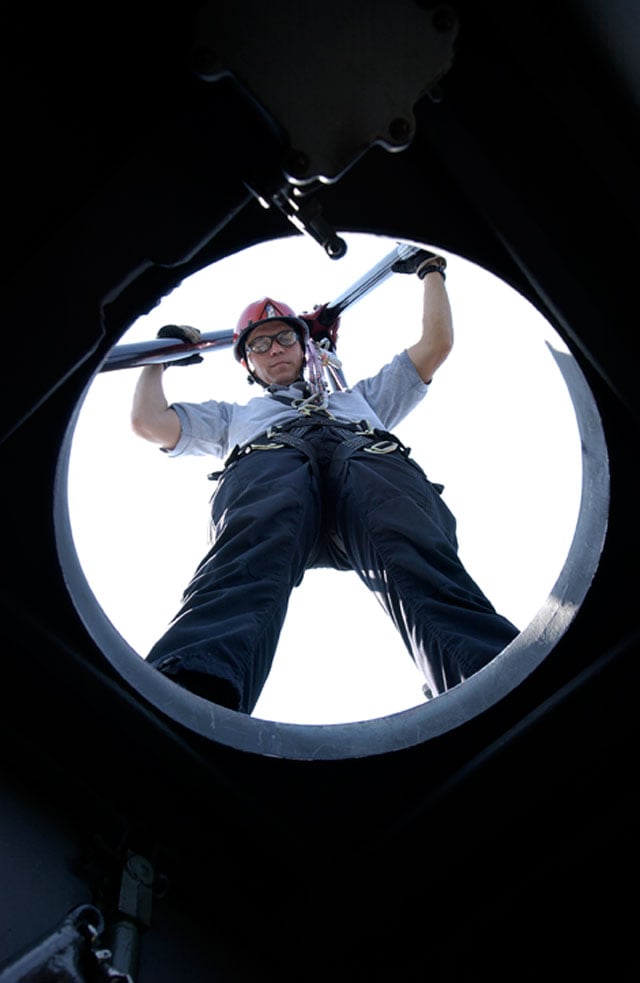NOTICE: If you are involved in any kind of confined space work or rescue, you need to read this document and offer your comments. This applies to anyone who may work in or near confined spaces, both industrial and municipal.
 At a meeting earlier this month, NFPA’s Guide for Safe Confined Space Entry and Work (Draft) was approved for public comment by the NFPA Standards Council.
At a meeting earlier this month, NFPA’s Guide for Safe Confined Space Entry and Work (Draft) was approved for public comment by the NFPA Standards Council.
This document is designed as a “best practices” guide for those who work in and around confined spaces. As with any document that attempts to be all inclusive, it may work well for some while negatively affecting others. Therefore, it is very important that "WE" the public, the people who will be using this type of document in real world applications, offer our feedback. Now is the time to offer comments and suggestions. Comments as to what may or may not be feasible for your organization or what may have been overlooked in this document are a vital part of this NFPA process.
As contributing members for this document, we are encouraging you to take the time to make your suggestions in order to create a practical guide that will be user friendly and provide for greater safety when working in confined spaces. As you read it, please keep in mind that it is currently listed as a “Best Practices Guide.” However, this does not mean that at some point in the future it won’t possibly become an NFPA Standard.
This document could eventually affect the way you do your job, so it’s very important to all of us for it to be a safe, practical best practices guide. Every comment or suggestion must be addressed by the sub-committees. So, whether you agree or disagree, the time to offer your input is NOW!
Public comment will be accepted online until January 3, 2014. Go to www.nfpa.org/350. In order to comment, you must log in with your email and password – or you can quickly create an account.
Click here to download the PDF version. (Note: Download may take up to 3 minutes depending on your computer.)

 Report submitted by John Voinche', Sr. Vice President/COO, Roco Rescue
Report submitted by John Voinche', Sr. Vice President/COO, Roco Rescue “It is our experience that the victims, would-be rescuers, and co-workers either fail to adhere to their emergency plans or simply do not have a plan in place, with catastrophic results... In the last year alone, we have responded to three confined space rescues.”- Battalion Chief Jack Wise of the Los Angeles Fire Department
“It is our experience that the victims, would-be rescuers, and co-workers either fail to adhere to their emergency plans or simply do not have a plan in place, with catastrophic results... In the last year alone, we have responded to three confined space rescues.”- Battalion Chief Jack Wise of the Los Angeles Fire Department A study on the “reliance of municipal fire departments for confined space response” has been funded by a legal settlement following the deaths of two workers in a confined space incident in California.Research by the University of California, Berkeley, indicates that employers may be relying too heavily on local fire departments for confined space rescue.
A study on the “reliance of municipal fire departments for confined space response” has been funded by a legal settlement following the deaths of two workers in a confined space incident in California.Research by the University of California, Berkeley, indicates that employers may be relying too heavily on local fire departments for confined space rescue. 1. One of the first things is to identify and categorize the space as “permit-required” or “non-permit required.” You’ll need to carefully consider the possible hazards based on the information gathered.
1. One of the first things is to identify and categorize the space as “permit-required” or “non-permit required.” You’ll need to carefully consider the possible hazards based on the information gathered.


